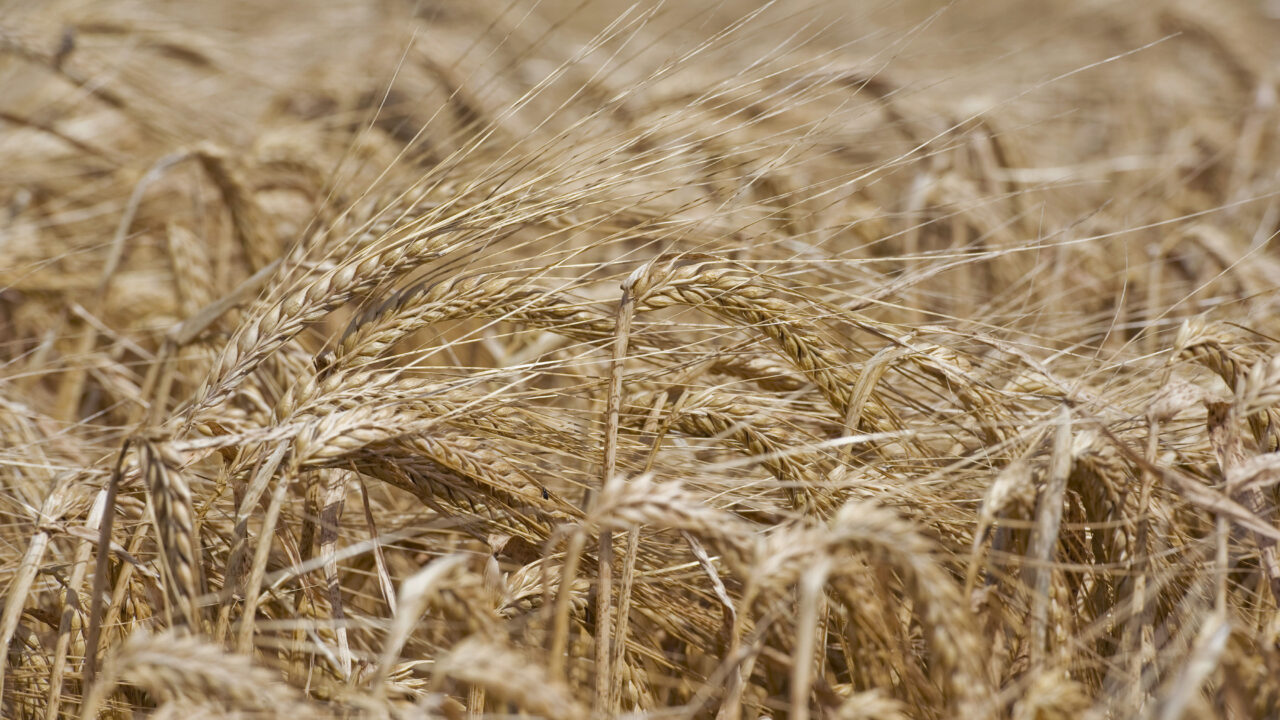There has been a small area drilled with spring barley so far, Teagasc has reported in its spring crops update.
However, it says that soils are quite wet and there is no point in risking poor establishment, rooting and so forth, just to meet a calendar date. So it advises to wait until soils are right.
It recommends increasing the seed rate as you drill into April and consider other crops like rape, beet or maize as feed cereal margins are predicted to be lower than 2015.
When it comes to fertiliser application for spring cereals, Teagasc advises these five key points:
- Apply lime as recommended based on a recent soil test result. Aim for a soil pH 6.5 for efficient N, phosphorus (P) and potassium (K) utilisation.
- Select a suitable fertiliser to deliver sufficient seedbed N for early establishment and sufficient P and K for crop yield in a single application.
- Apply recommended rates of P and K at sowing time and incorporate into the seedbed. Recent spring barley P trials indicate the benefits of placing P fertiliser on P Index 1 soils in terms of rapid root and tiller development.
- Apply approximately 30% of the crop’s N requirements at sowing.
- Apply remaining N at mid tillering or alternatively split the reaming crop N as follows: two-thirds at early tillering and the remaining one third by gs31/32 to reduce the risk of N loss in feeding barley.
On a separate note, it advises that March-sown crops will not need an aphicide, except in areas with a history of BYDV or near the coast.
April/May-sown crops should receive an aphicide at the 3-4 leaf stage for optimum effect, according to Teagasc.
It recommends using full label rates to get best control but monitor after spraying to assess for resistant aphids and monitor crops for slugs and leatherjackets.

